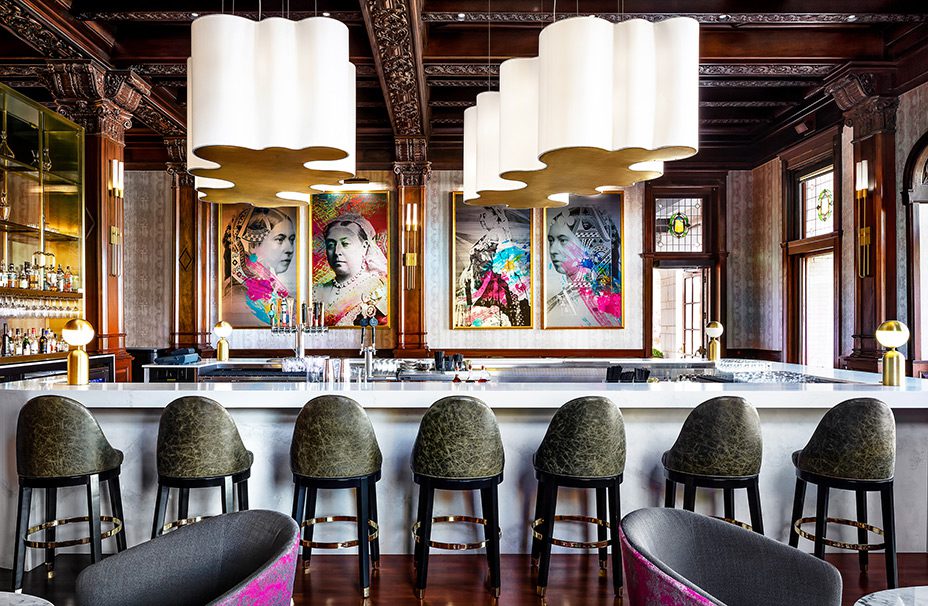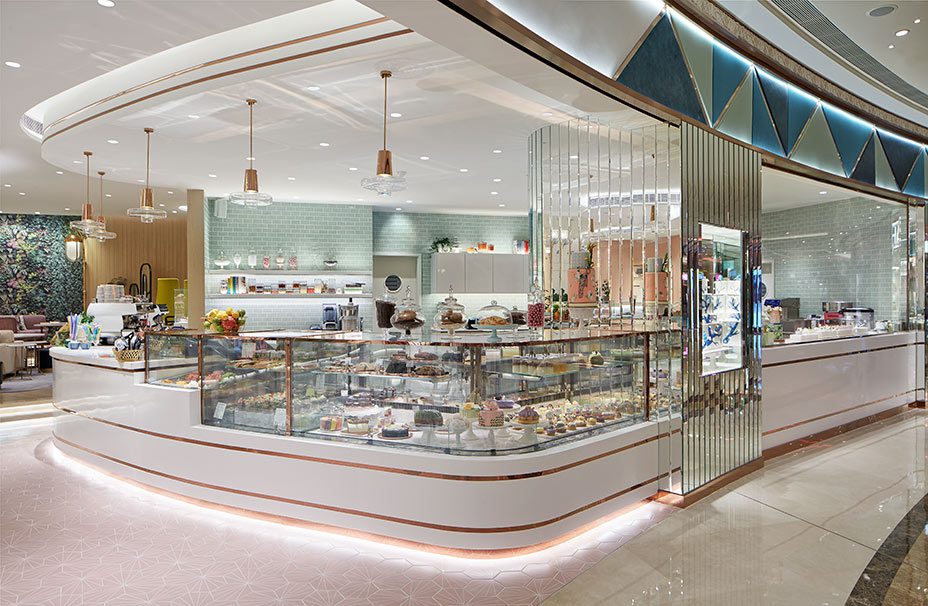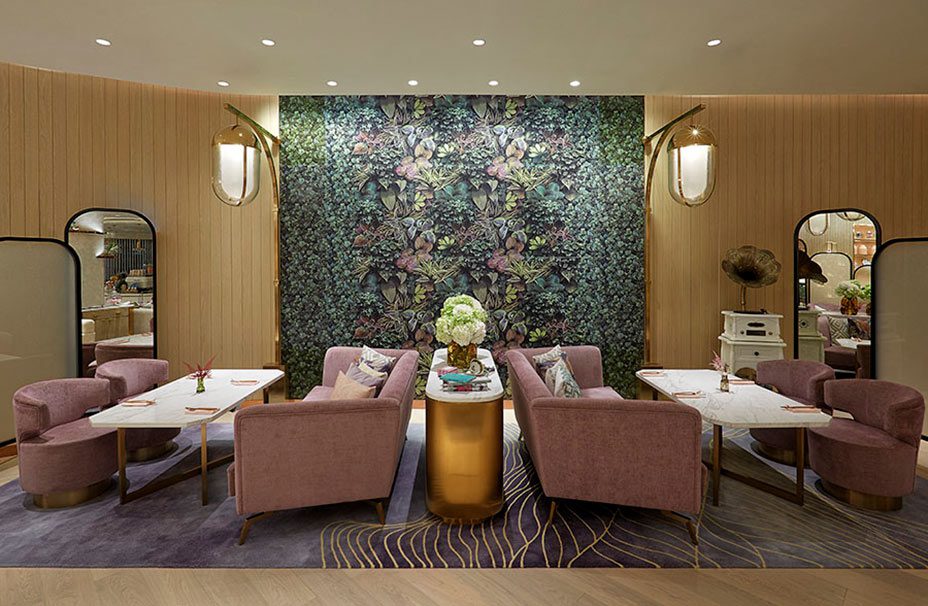Bob Puccini founded Puccini Group in 1996 as an outlet for his passion for beautifully orchestrated restaurants. Out of what began as an incubator for hospitality concepts grew successful interior design and operations studios. Twenty years later, Puccini Group now includes 4 additional partners, 4 specialized studios, and dozens of designers and consultants.
We had the pleasure of sitting down with Bob for a one-on-one interview to get some insight into the innovative world of the Puccini Group.
Can you tell us a little about your background? Were you always interested in the design industry?
No not really. I actually have a degree in Political Science and Economics and was in the Peace Corps in Brazil after university. My father and grandfather were both artists and craftsmen but it wasn’t until I was active in the restaurant business that design came to me. I was asked by company ownership to develop a chain of restaurants, which eventually led to directing the design and construction process, ensuring a better chance for project success. Over the years, my skill at operating and then designing restaurants led me to Bill Kimpton and working within hotels. Years later Bill and I formed my company and the Puccini Group has since primarily focused on designing restaurants that suit their market and are profitable.
What initially drew you to designing for the hospitality industry?
I actually was working on my Ph.D in Political Science and working in restaurants to pay for school when I realized how much fun I was having. I realized I could make more money in restaurant management. One of my employers asked me if I would like to manage his restaurant portfolio (with no experience I might add) and the rest was history.
How does the Puccini Group differentiate itself from other design firms who focus on commercial design?
We focus on hospitality design, principally restaurants but inclusive of public spaces where there are group activities. Over my career restaurants principally have emerged as a very important part of American life, and that trend continues in most countries around the world. Restaurants represent an escape from reality and the opportunity to experience what is most abnormal in all cultures – someone waiting on you to make sure you are happy with the experience of eating. As there is a growing middle class in many countries, people want to experience, even if for an hour or two, the pleasure of good food served to them in a space that exceeds their usual surroundings. Restaurants are like being in the movie of life – where there is beauty and style and service – and you get to satisfy your hunger.
What is your favorite part of the process?
The most fun part to me is trying to understand the cultural and social needs of a market. Every food style has, virtually, a low, medium and high-level in its structure, and those foods are very similar, for example: beef can be hamburger or a Wagyu steak. Service can be on a tray or with tuxedoed servers. It’s all about the play, and the play is the design and how people feel when they are in the restaurant, how the service is choreographed. The fun for me is helping to create each individual play so that the business will succeed and the audience will be charmed and happy.
Who have been your biggest influencers throughout your career?
There have been two people in business that have had a great influence on me. One was early on when I was 30, Larry Cano, who had a chain of Mexican restaurants and gave me the chance to start my own company within his own. To be honest, I was a little brash in those days and I guess he saw something in me that led to the career I’ve created for myself. The other big influencer was Bill Kimpton who gave me the chance to develop so many of the Kimpton restaurants and more importantly became my partner in what is now the Puccini Group.
How does living in the Bay Area affect your design practice and your design thinking?
I reside in San Francisco and have a residence in Sonoma where I have vast gardens. I am a California boy, and so my heart will always be here, but my travel over the years for business and pleasure has taken me to 84 countries, continually increasing my interest in the diversity of cultures. I’ve learned that most people want the same things and nothing is more indicative of that than sharing meals. Restaurants in all of their forms around the world have that one thing in common: the love of friends sharing a meal together. It is probably that one thing that gives me the most pleasure.
If you were to give your younger self advice in regards to a career in design, what would it be?
There are many roads within the design business. I wouldn’t call myself a designer as much as choreographer of experience. I was lucky at a relatively early age to find a passion and I was able to follow it; it hasn’t always been easy, but I wouldn’t trade a minute as not only has it given me pleasure but similar enjoyment to so many others that have visited many of the restaurants we have developed and operate.
What exciting projects do you have in the pipeline?
Speaking of Bill, we are excited to see the opening of The Sawyer Hotel, a Kimpton property that is set to unveil this fall. It’s a dual-branded concept, and we’ve been fortunate to work on both the residences and hotel space. It’s one of several projects in our own backyard (Sacramento, CA), all of which we’ve been proud to partner with. The others consist of the restaurant spaces at the new Hyatt SFO and a boutique hotel in Napa, design touch points seen across the property.
How has Puccini Group found success in hospitality projects in the international market?
Over the years I’ve had the opportunity to foster relationships from around the world. Speaking at conventions and forums on the international stage allows for more in depth conversation about our firm and the unique perspective we bring to restaurant design. Success lies in valuing those relationships, but also in the great concept strategy work we do. Market analysis, whether domestic or otherwise, is equally important to a restaurants success, both at launch and throughout a its lifetime.









